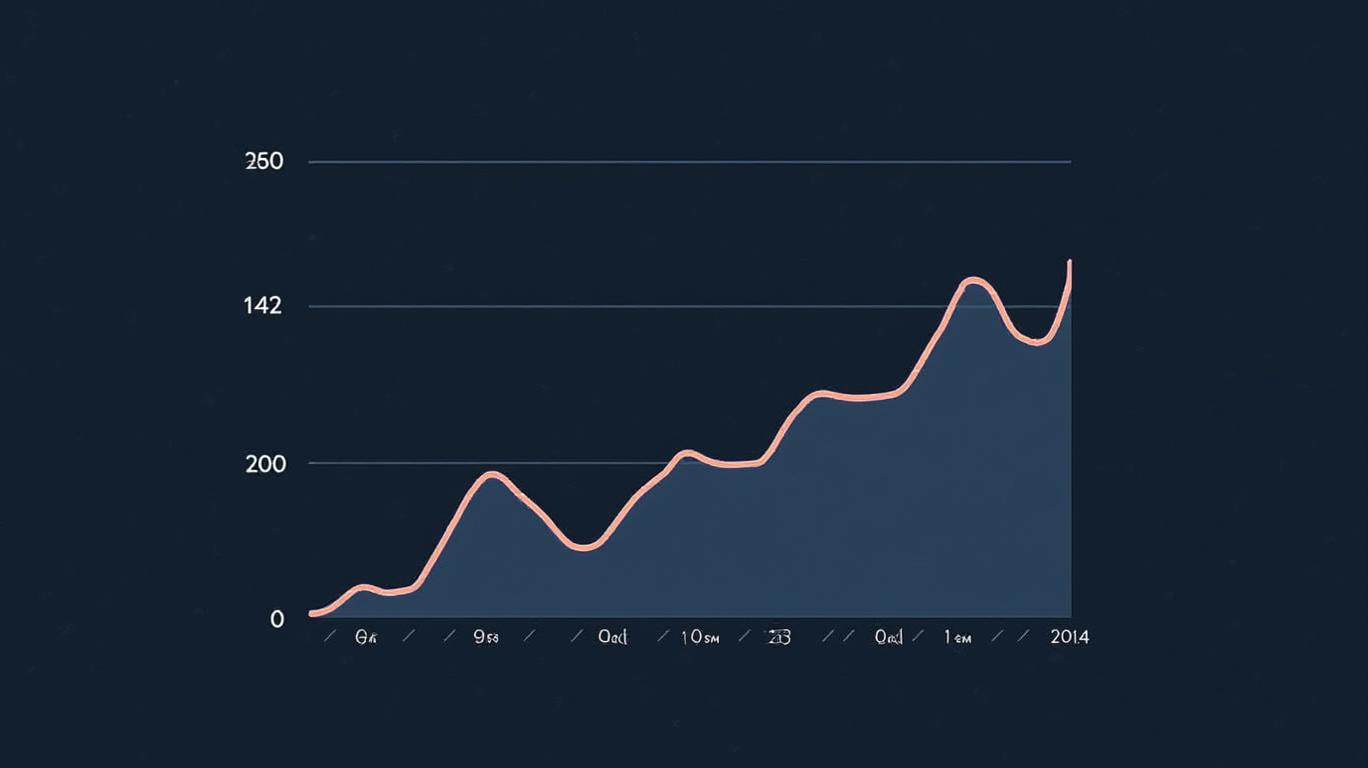UK Business Reforms: A Taxing Path to Growth?
The UK government’s Spring 2025 tax reforms and administrative changes aim to simplify compliance and modernize the business landscape. But as economic headwinds loom, investors must weigh these structural shifts against persistent challenges like trade wars and rising costs. Here’s a breakdown of what’s at stake.

Tax Simplification: A Boon for Small Businesses?
The reforms targeting the Capital Goods Scheme and Spirit Drinks Verification Scheme (SDVS) are designed to reduce bureaucratic hurdles. Removing computers from the Capital Goods Scheme’s scope and raising the land/buildings threshold to £600,000 will save small firms time and money. Meanwhile, the SDVS flat fee of £250 every two years simplifies compliance for the spirits industry, potentially boosting margins.
The show a tepid 0.8% growth in 2025 and 0.9% in 2026, per EY ITEM Club. While tax cuts are a positive step, they may not offset global trade tensions. US tariffs—now at 10% on global imports and 25% on steel and aluminum—threaten UK exporters, especially given that 16% of UK exports head to the U.S.
Employment Reforms: Navigating a Tight Labor Market
Changes to the Check Employment Status for Tax (CEST) tool and the reversal of detailed employee hours reporting aim to reduce administrative burdens. However, the delayed mandate to payroll benefits-in-kind (pushed to 2027) highlights a government balancing act: easing compliance while addressing rising labor costs.
ONS data reveals 42% of larger firms cite labor costs as their top concern, up sharply from 2022 levels. With wage growth outpacing inflation and unemployment edging higher, businesses face a conundrum. While lower compliance costs help, firms must still grapple with a 12% year-on-year rise in input prices (as of March 2025), squeezing profit margins.
Systemic Shifts: Self-Assessment and Digitalization
Unifying income tax thresholds at £3,000 and expanding the Cultural Gift Scheme reflect a push to simplify reporting. The shift to digital reporting for ~300,000 taxpayers could reduce administrative costs long-term. Meanwhile, the delayed benefits-in-kind mandate gives firms breathing room to adapt.
Yet the ONS BICS survey shows only 15% of businesses expect turnover growth in May 2025, down sharply from May 2024. This hints at broader pessimism, with 32% of businesses citing economic uncertainty as a top challenge. Investors should monitor how these reforms translate into confidence gains.
The Elephant in the Room: Global Trade and AI
While the reforms focus on domestic efficiency, external factors loom large. The U.S. GDP contraction in Q1 2025 (down 0.3%)—linked to trade policies—could further dampen UK exports. Meanwhile, AI adoption, now at 18% of businesses (up from 10% in 2023), offers opportunities. Sectors like finance and tech, which lead in AI use, may outperform laggards in construction and transportation.
Conclusion: A Fragile Road to Recovery
The UK’s reforms are a step toward reducing red tape, but they face an uphill battle. With GDP growth projected to stay below 1% through 2026 and input costs rising, businesses will need more than tax cuts to thrive. Sectors benefiting from digitalization (e.g., tech) or insulated from trade wars (e.g., domestic services) may outperform. Investors should favor firms with strong balance sheets, exposure to AI innovation, and minimal reliance on U.S. exports.
The reforms are a start, but without addressing trade disputes and cost pressures, the path to sustained growth remains bumpy. As the EY ITEM Club warns, “postponed” growth could linger longer than hoped. Stay vigilant.


_442a2dcc1749832873286.jpeg)
_e68fac6d1749831664430.jpeg)






